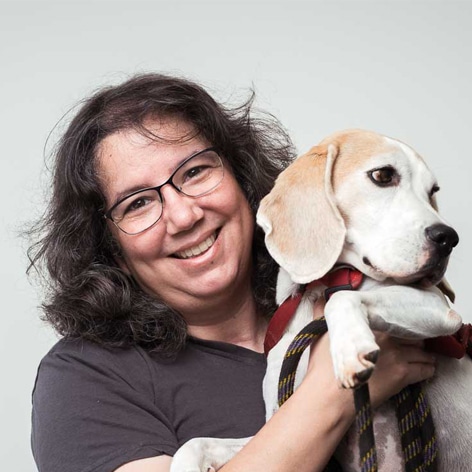Disaggregation In Itself Is Not Enough
But here’s the caveat: disaggregation in itself is not enough. A vendor can disaggregate hardware and software, and still force you to buy both from him alone. Disaggregation must promote an open ecosystem by allowing mass manufacturers as well as artisanal professionals to participate and innovate. If everybody grew tomatoes, that’s all we would eat. The benefits of the open ecosystem are numerous: consumers are not limited to a single vendor’s collection; they can choose their favorite materials, designs, brands, obtain the best prices, or best quality, mix and match, etc., while manufacturers can concentrate on what they do best. I remember buying my first bed. I found this wooden bed frame that I absolutely loved in a small artisanal shop not far from home. The mattress, I got from one of the major brands and the linen from a home décor chain. When I put all of these together, I expected them to fit seamlessly: the mattress to fit in the frame, the sheet to fully envelop the mattress, the pillows to fit in their cases, etc. And they did. This is why standardization is essential. The entire ecosystem must agree on basic standards where the various parts interface, otherwise the disaggregated model falls apart. In networking, this means that the hardware and software vendors must share information that allows these two layers to communicate. Therefore, open architecture is essential.Push For An Open Networking Architecture
A recent research brief written by AvidThink on disaggregation in networking says that “Incumbent networking vendors, still dependent on proprietary hardware-centric network architectures that haven’t changed significantly in years, continue to be able to capture substantial margins on high-performance network equipment.” This is why the incumbent networking vendors will not be leading the change that CSPs crave. Why would they? Their closed ecosystem ensures their survival. Therefore, according to the brief, “CSPs need to push for an open networking architecture that fosters a thriving ecosystem.” And they are.Distributed Disaggregated Chassis (DDC) Architecture
AT&T recently submitted to the open compute project (OCP) its specifications for a distributed disaggregated chassis (DDC) architecture, the de facto standard for constructing service provider-class disaggregated routers based on white boxes and Broadcom’s Jericho2 merchant silicon chips. DriveNets rose to the challenge and announced that its Network Cloud software was the first to support the DDC model. Its cloud-native approach clusters merchant silicon-based white boxes to build routers at a limitless scale. By using containerized microservices, you can run various network functions and also 3rd party services on the same cluster sharing the hardware infrastructure. The microservices run over a virtualization layer for optimal utilization of the shared hardware resources. And coupled with the Network Cloud Orchestrator (DNOR), service providers can rest assured that managing and maintaining the multi-vendor disaggregated clusters is easy. With zero-touch provisioning, DNOR transforms the multi-vendor hardware into a single routing entity.Drivenets’ Open Architecture Makes Disaggregation Flourish
To achieve this, DriveNets has cultivated an entire ecosystem of white box manufacturers, chip vendors, and optics/cable suppliers. The list is growing steadily. With DriveNets’ cloud-native open architecture software, Network Cloud, all these parts come together and perform in unison and communicate with external systems through industry-standard protocols and APIs. So while disaggregation can lead to an open ecosystem, it is by no means synonymous with openness. It is Network Cloud’s open architecture that makes disaggregation flourish. I remember a time when we had a single TV channel, Channel 1, which was free of charge (tax aside). There was no recording of programs back then, and “streaming” meant something else entirely. We watched whatever was airing at that moment.Just like the Netflix Open Architecture
Then, cable TV came into our lives with a multitude of channels and programs to choose from. But it was a closed system. The cable operator was a one-stop-shop, providing the hardware as well as the content. So while this new medium was very exciting, it was not free, far from it. After spending a hefty monthly sum for well over two decades, I realized that out of the dozens of channels and a multitude of programs, I watched but a few. Luckily, forward-thinking content providers, like Netflix, for example, reached the same conclusion and took advantage of the open architecture of the many devices that we already have in our homes. They have created an app for every conceivable platform. Finally, I ended up canceling my cable subscription and returning all the hardware that came with it. And today, I can watch Netflix on any of my existing devices, which I have purchased independently: laptop, tablet, Android phone, smart TV, Roku device, and even on my Sony Playstation, as I have recently learned from my teenage nephews. Network Cloud’s open architecture allows service providers and webscalers to choose any supported hardware and install 3rd party services in the same way that my long list of devices can each run the Netflix app. It took a technological revolution to go full circle back to one channel, but with the convenience of cable TV and at a fraction of the cost.Download white paper
Which network architecture is right for you?




